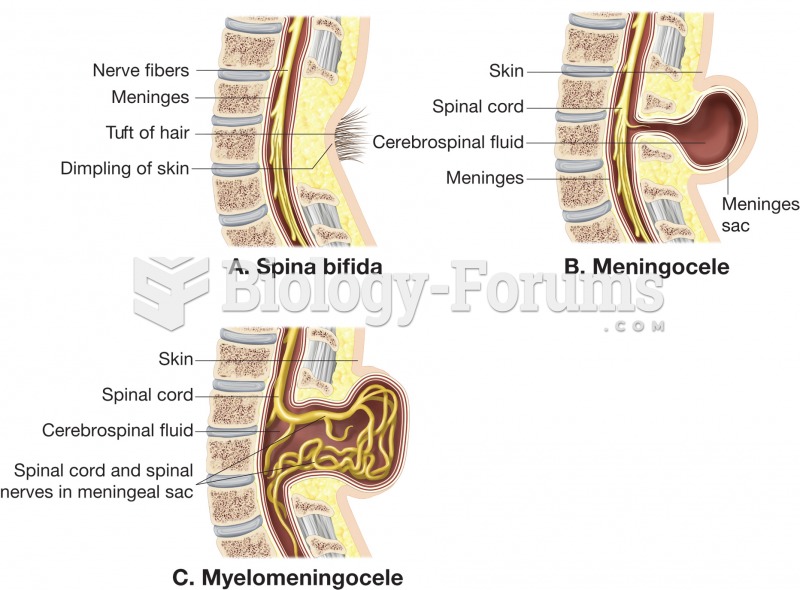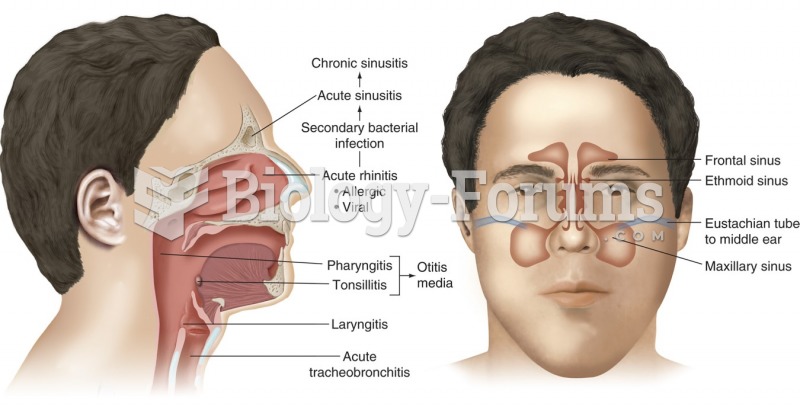Answer to Question 1
There is also some suggestive evidence that guided imagery can elevate immune system responses perhaps through reducing distress (Trakhtenberg, 2008). However, the research in this area is sparse and often confounds imagery interventions with relaxation interventions. A meta-analysis (Miller & Cohen, 2001) of 85 trials found that relaxation is reliably associated with total salivary immunoglobulin A (sIgA) concentrations, but not consistently related to other stress-related immunological indicators (e.g., natural killer cells). Although this meta-analytic review did not specifically address guided imagery, it revealed that hypnosis was the relaxation-related intervention most consistently related to immune system responsiveness. Hypnosis has some overlap with guided imagery in that they both typically evoke imagery-related sensory experiences. It is unknown, however, if hypnosis had its effects on the immune system through inducing relaxation or through image-specific mechanisms. On the whole, the evidence is modest at best that guided imagery can modulate the immune system. More research with higher quality methodology is needed before any definitive conclusions can be drawn.
Answer to Question 2
Baird and Sands (2006) randomly assigned 28 older women patients with the painful condition of osteoarthritis to two groups. In one group patients completed a 12-week program of guided imagery with relaxation. The other group served as a no treatment control. Both groups kept a daily diary in which they recorded their symptoms. Upon completion of the program, patients in the guided imagery group showed increases in health-related quality of life, a measure that included indices of pain and mobility. Even after statistically controlling for pain and mobility scores, the effect still held, suggesting that it was not limited to improvements in just these domains. This study is limited by its small sample size and lack of a placebo control. However, it is suggestive of how guided imagery with relaxation can be applied to medical patients with pain conditions to potentially improve their health-related quality of life.







